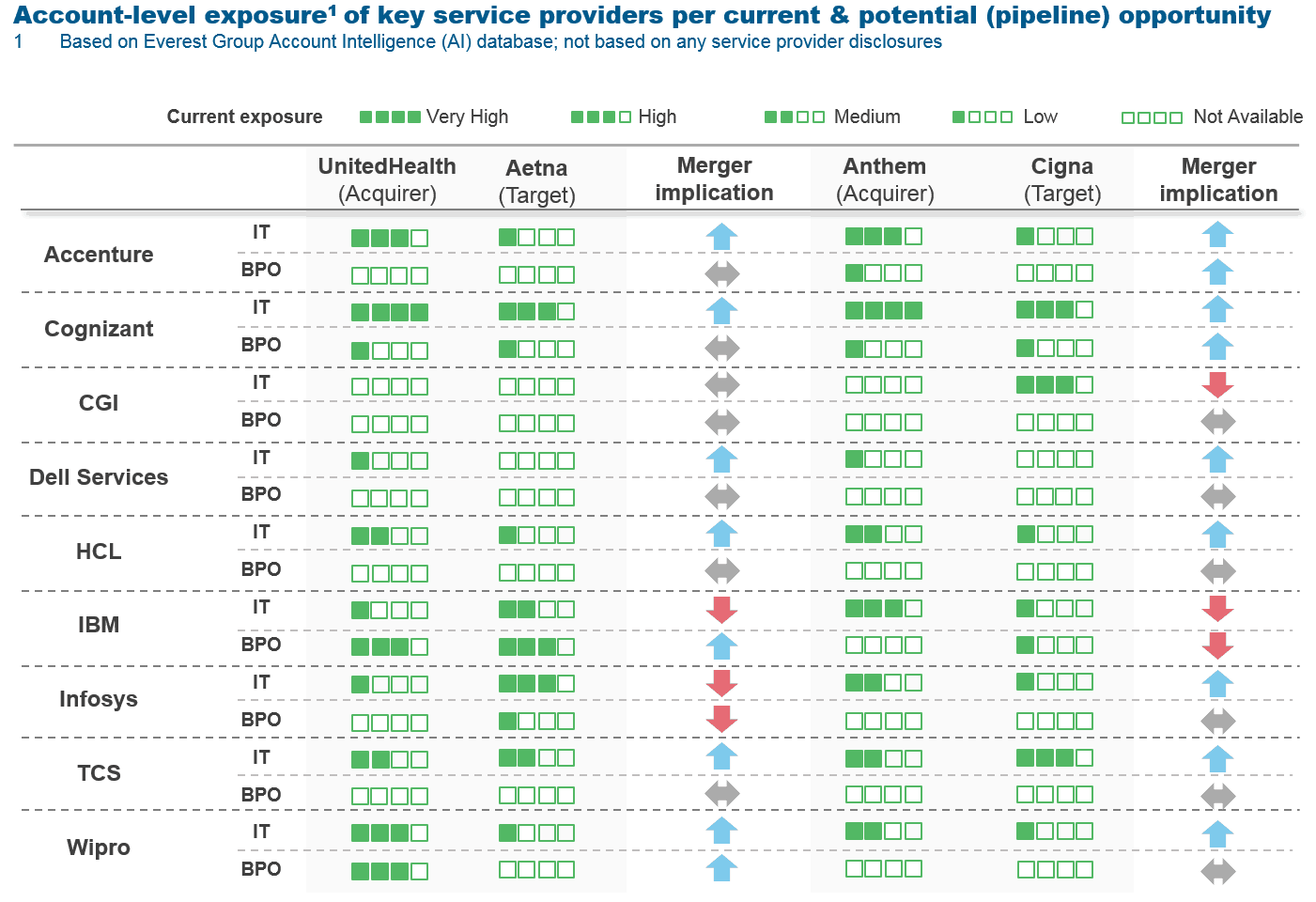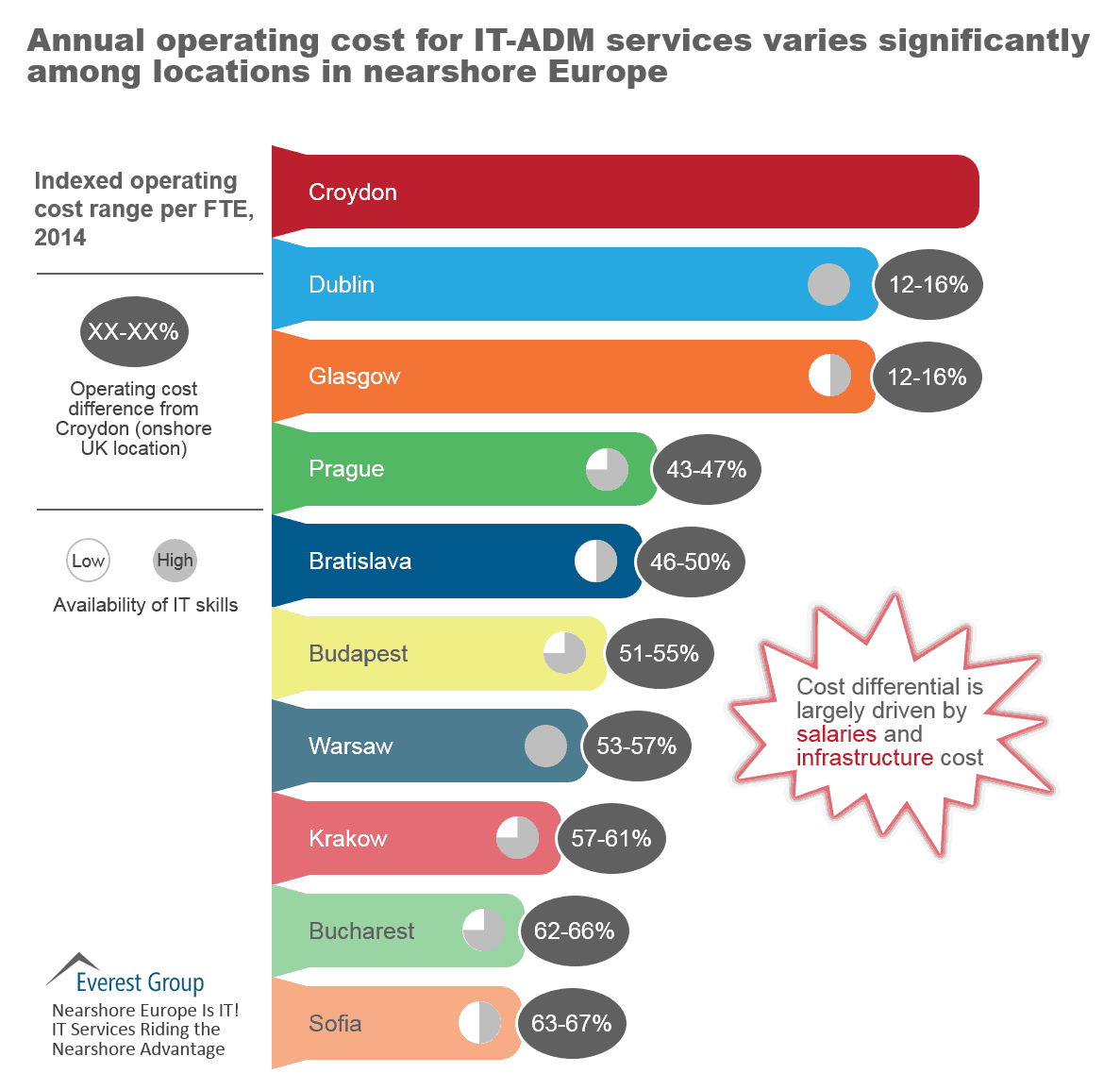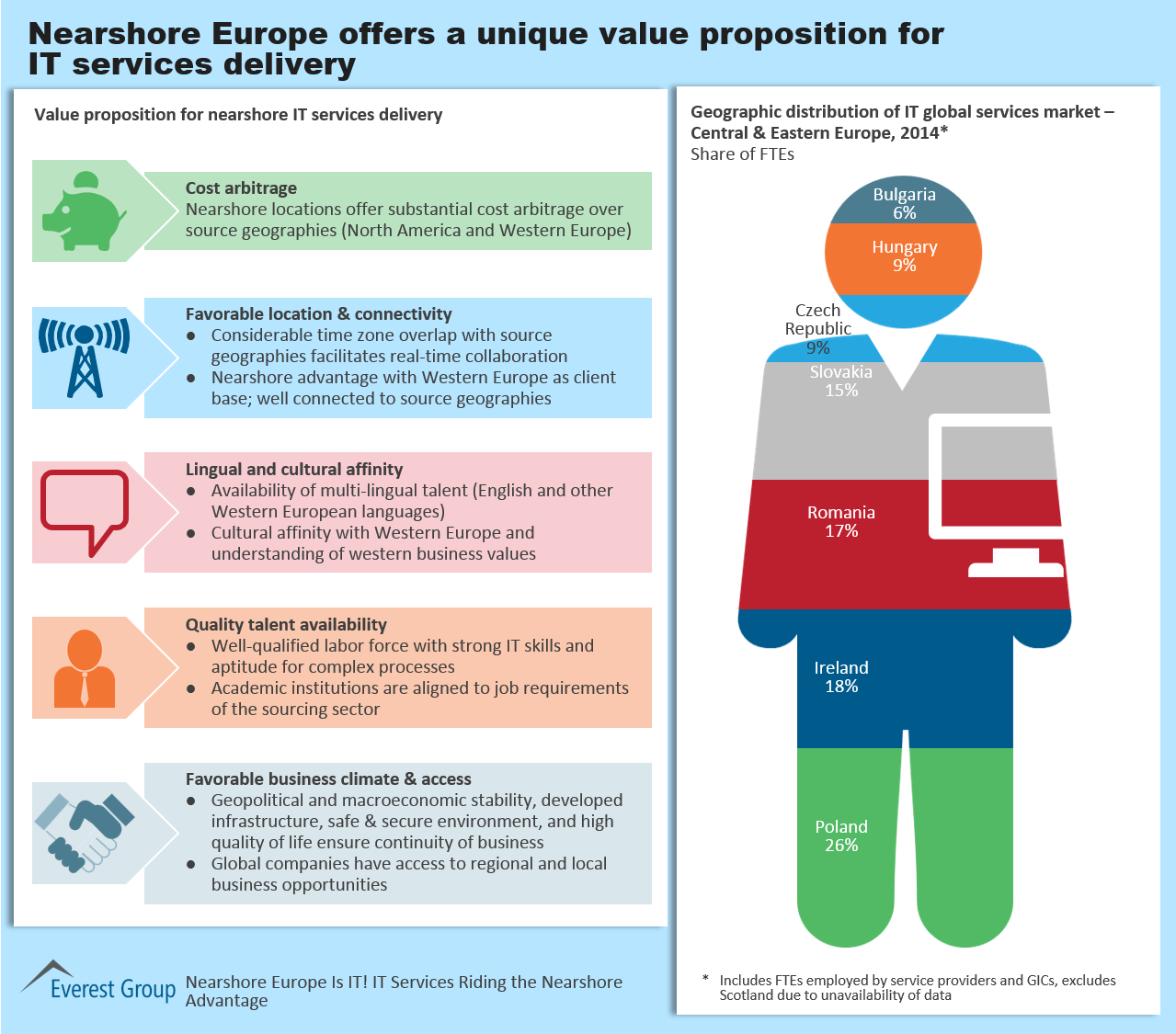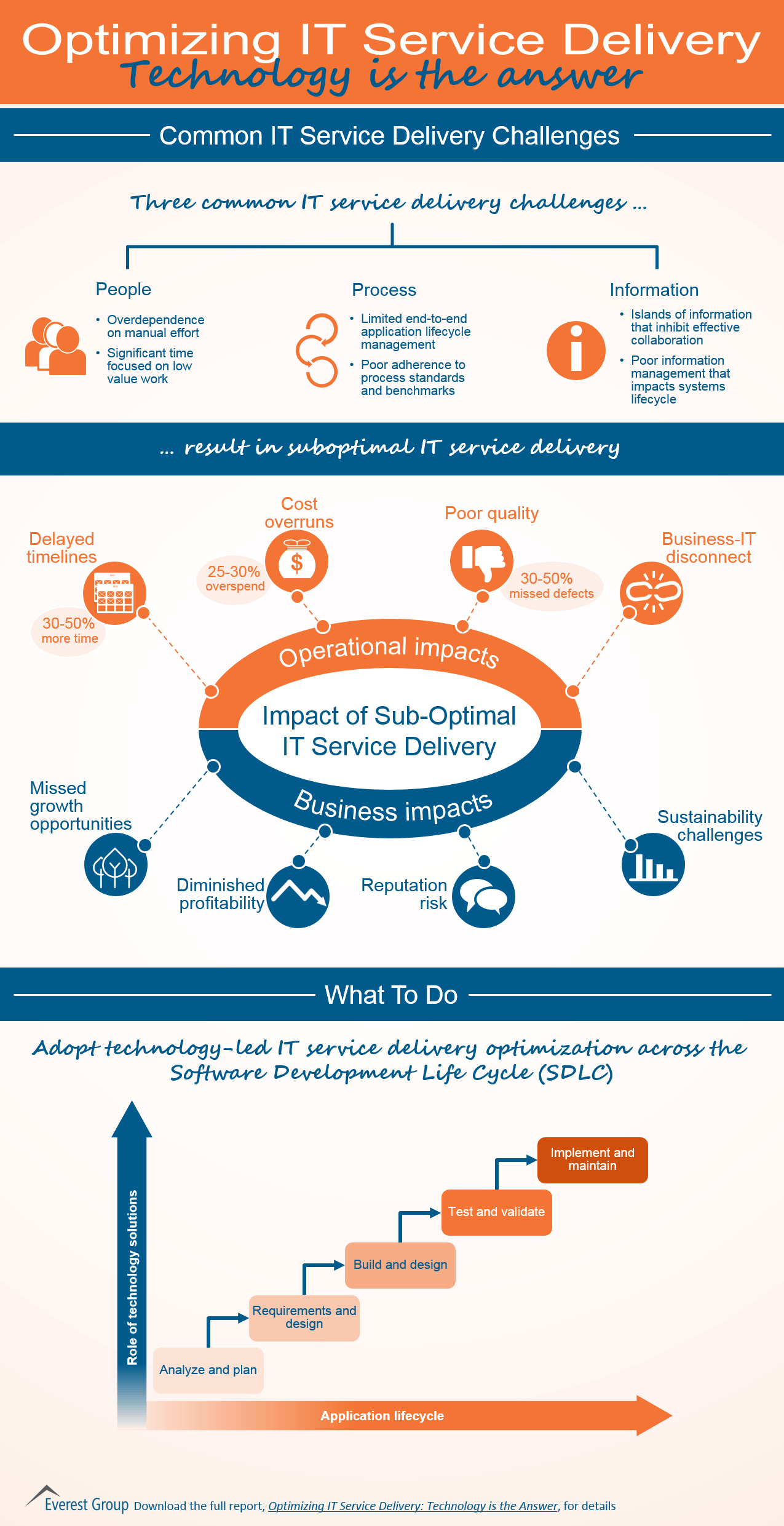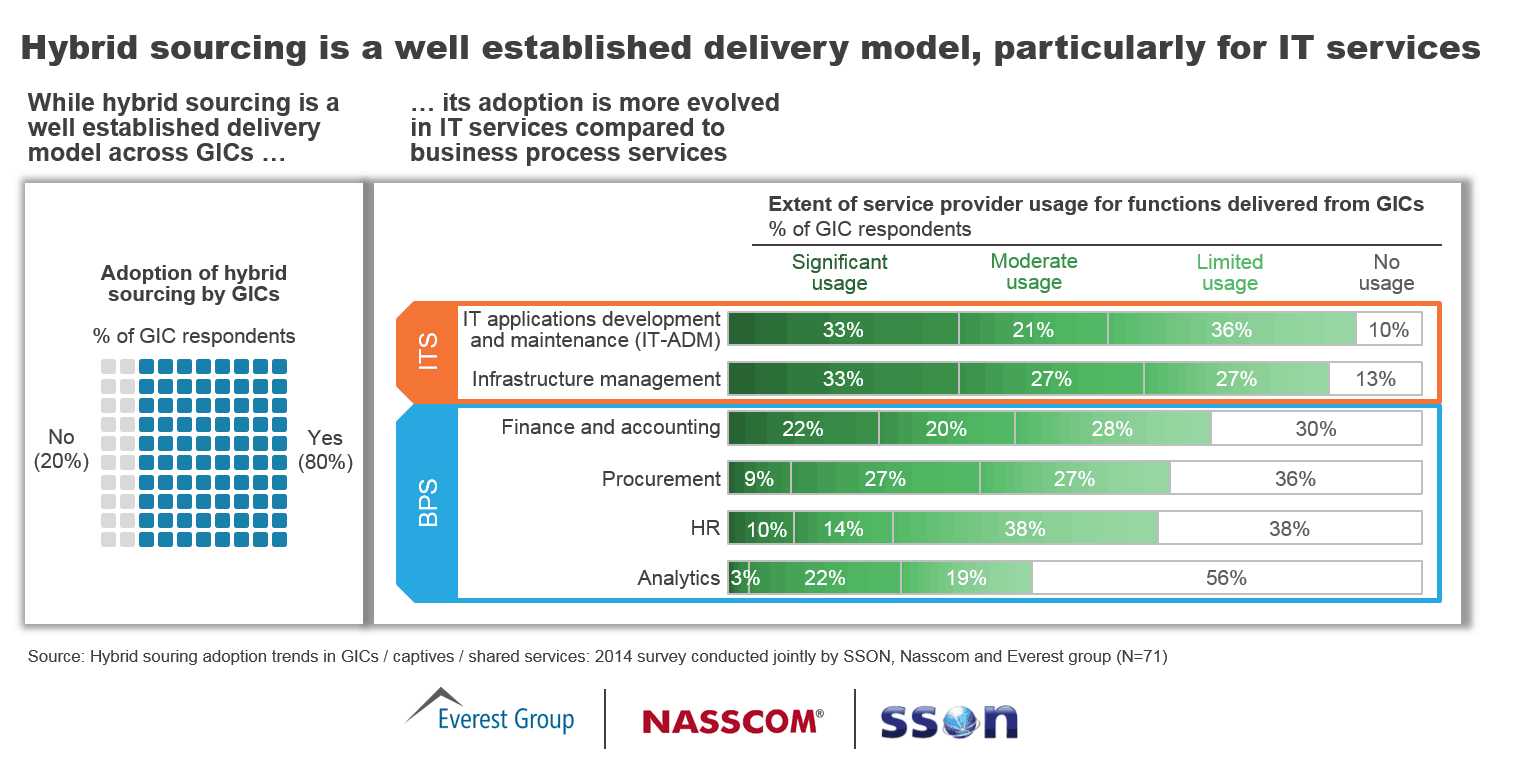Customers Changing Core Objectives for Services Industry and IT Delivery | Sherpas in Blue Shirts
There is a secular shift occurring within IT services. Many businesses are shifting from functional orientation – where cost and reliability are the key objectives – to a new focus where business value and cycle time are the new objective functions. This shift has big and very serious implications for organizations that encompass the technologies they use and the third-party services ecosystem they use to meet these needs. Accommodating these needs requires a significant rethink of traditional IT delivery, whether it’s through internal centralized IT services or third-party IT services.
Cost and reliability are still important; but these are now secondary issues and no longer dominant issues. C-level executives now drive IT spend. They increasingly focus on aligning IT and business value with the voice of the end user/customer as well as the speed at which IT can make changes and respond to the business needs.
I’ve blogged many times over the last few years, observing this shift of influence out of centralized IT into the rest of the organization (business units, CFO, CMO, etc.) These powerful stakeholders now believe technology more than ever is central to their moves to change the game. They want better value – technology that meets their needs and also responds far more quickly to their needs.
Functional IT structures has disciplines that frustrate these stakeholders because:
- Projects or initiatives take too long (often a year to 18 months) for them to get the functionalities/capabilities
- IT often focuses on how to do those functionalities cost-effectively instead of focusing on the customer or user experience and the value derived from that.
Therefore, their requirements can’t be met through a traditional structure of IT where technology orientation is based on functions (data centers, applications maintenance, application development, etc.).
To accommodate the change in demands – the new core objectives – enterprise IT must realign by service lines and have persistent teams that align from end to end on the service lines that focus on achieving business value instead of aligning on performing excellence in a functional way.
Therefore, organizations are rethinking their IT services and a new Enterprise IT-as-a-Service model is taking off. I’ll discuss this new model in upcoming blog posts. The implications are profound for internal services as well as third-party IT services.
Photo credit: Flickr
